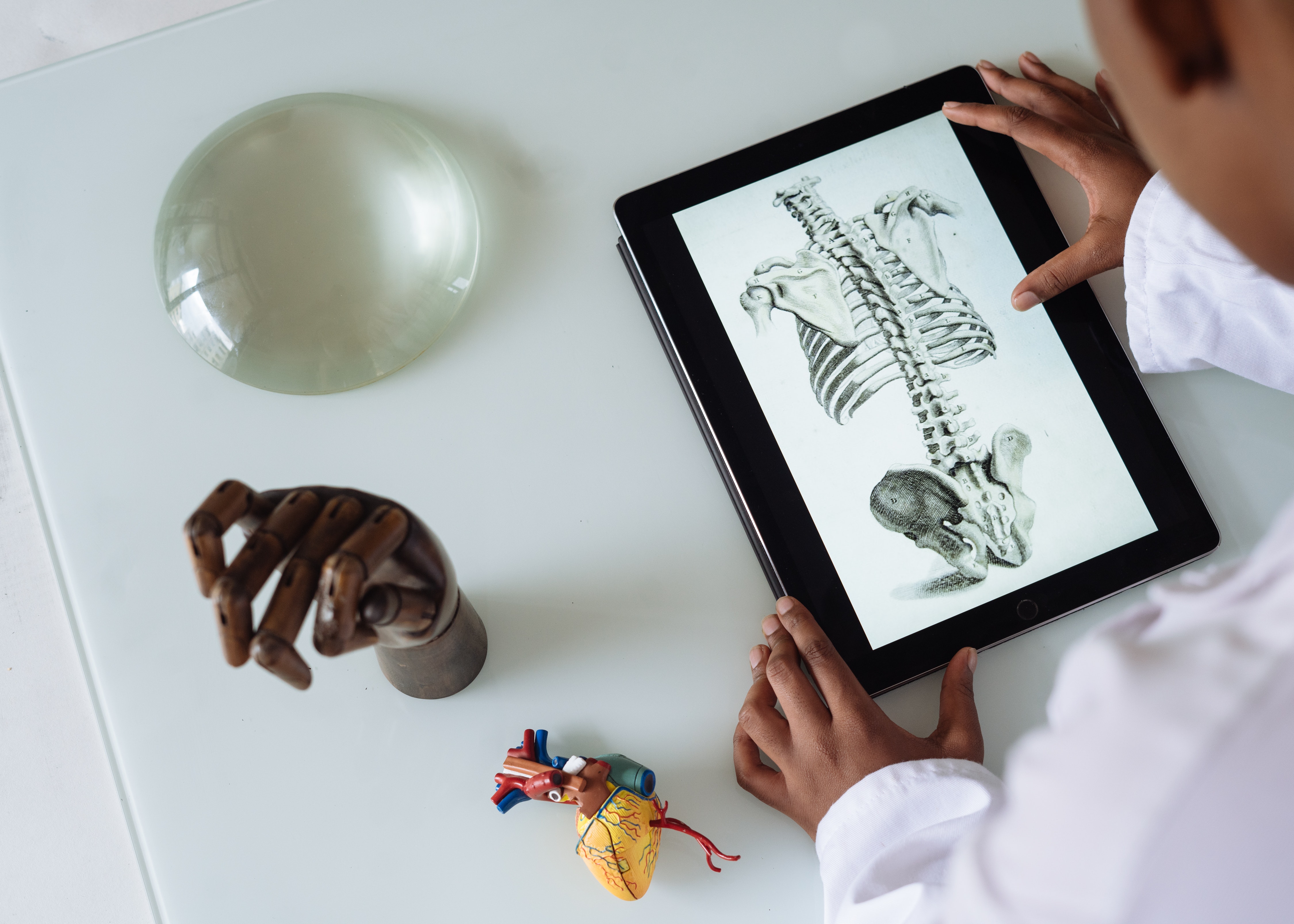
Corenbaum & Carter v. Lampkin
Defendants in all personal injury cases, including medical negligence cases, are rejoicing. Defendants first received a favorable ruling in Howell v. Hamilton Meats & Provisions, Inc. (2011) 52 Cal.4th 541 when the California Supreme Court held an injured plaintiff whose medical expenses are paid by private insurance cannot recover damages for past medical expenses in an amount greater than the amount the plaintiff's medical providers accepted as full payment pursuant to prior agreement with the insurance company. However, Howell did not decide the issue of how future medical expenses should be handled.
As one would expect, the defense position was that the negotiated rate should apply to future damages too. Plaintiff’s position was that the amount billed should be used to establish future damages. To the great satisfaction of defense counsel, and great dismay of plaintiff’s counsel, the issue was recently decided in Corenbaum. The Court of Appeal addressed the issue of future damages and held the amount billed by a medical provider whose medical expenses are paid by private insurance cannot be introduced by a plaintiff to establish past, future, or non-economic damages.
Importantly, the Corenbaum court specifically held an expert cannot even rely on the amounts billed to form opinions on the anticipated future damages. Accordingly, the court can, and should, exclude an expert's opinion on future economic damages if that opinion is based on amounts billed because those amounts cannot provide a reasonable basis for an opinion on future damages. This holding is essential to prevent plaintiffs from trying to circumvent the Corenbaum ruling by allowing their expert to use amounts billed as the basis for their future damage opinions.
What does this rule mean for defense counsel? It means:
- You must make sure to obtain the basis for every future damage opinion offered by an expert.
- You need to be aware of the amounts billed when you take an expert’s deposition so you can be sure the damage estimates are not based on the amounts billed.
- You need to be prepared to file motions in limine to exclude evidence of amounts billed for any reason during the trial.
- You need to be prepared to file motions and argue to exclude an expert, or their opinions on future damages, under Evidence Code section 801 & 802; and
- You need to be prepared to have plaintiffs come up with new and creative reasons to try to introduce evidence of amounts billed for reasons other than establishing damages.
One of plaintiffs’ formerly creative attempts to introduce evidence of amounts billed was to argue this information could be used to help guide a jury in determining the amount which should be awarded for non-economic damages. Corenbaum directly held introducing evidence of amounts billed for this purpose was not reasonable or appropriate because non-economic injuries are subjective. There is no fixed standard to guide the jury in determining this type of damage. The only way to ensure reasonable damages are awarded for non-economic damages is the "restraint and common sense of the jury." Fortunately, in the medical negligence arena, there is also the MICRA cap on pain and suffering damages which provides an additional level of security.
Corenbaum has created some clarity on potential damages which may be awarded for future medical expenses. The limitations on damages in this manner is a relief for defendants, but it remains limited to cases in which the plaintiff has private insurance.


